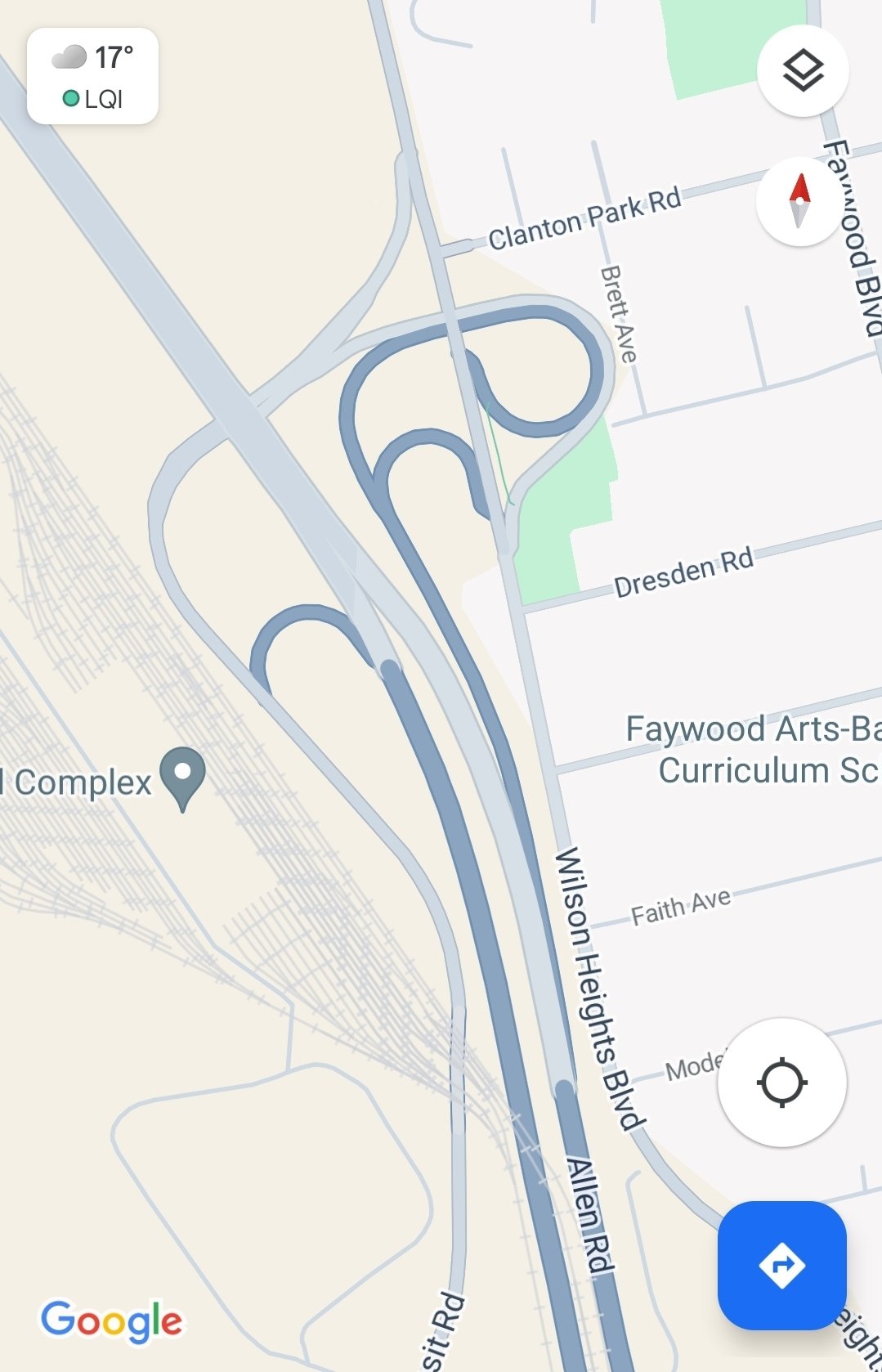Yup its the only suburban neighbourhood in north America that is completly car free.
Trouble is zoning laws in Ontario and anywhere else in north America prevent cities from building more neighbourhoods like this.
Examples include things like minimum parking requirements, minimum setback, fire codes and even policing all play a part in shaping this. If you ever look at new suburban developments, think how hard its to get a convenience store or small supermarket build right inside the suburb.
Its a shame because we really should not be building suburbs with the same two or three single family homes repeated over and over, its really inefficient. We should start having townhomes, fourplexes, small 4-5 level mixed use condos, subways and trams with busways incorporated. Existing suburban layouts should also start adding missing middle housing inside whereever possible by changing zoning.

Just ban blowers outright, makes no sense when leafs get blown from one property to another, and then back again.